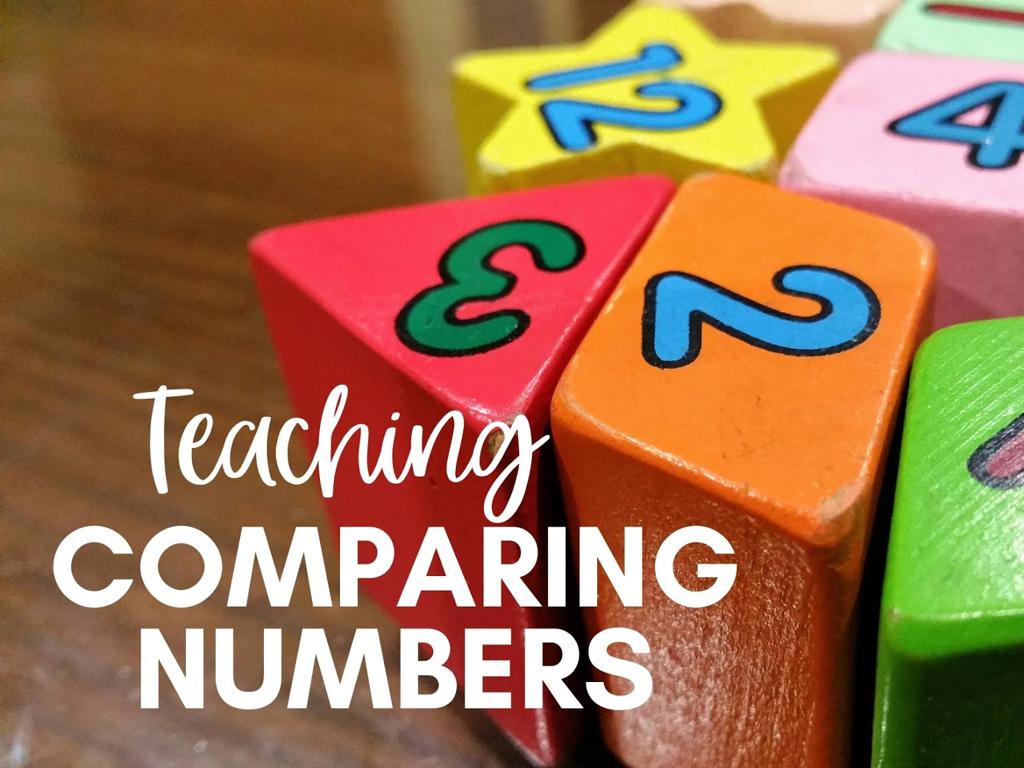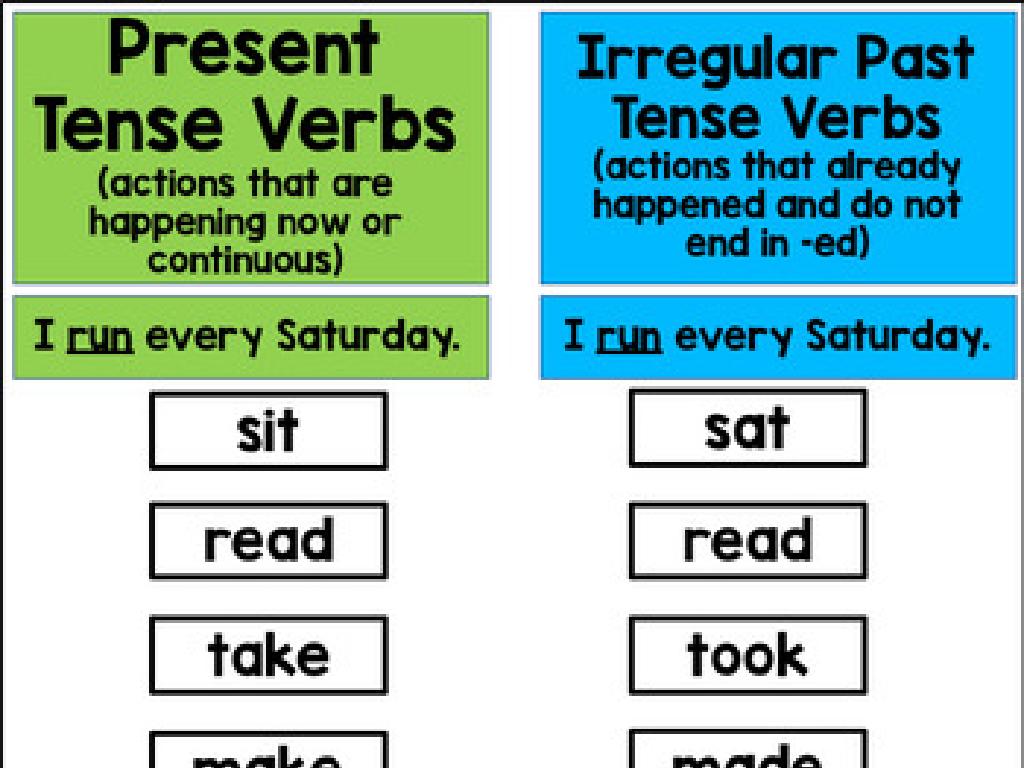Identify And Select Countries Of Northern And Central America
Subject: Social studies
Grade: Eighth grade
Topic: The Americas: Geography
Please LOG IN to download the presentation. Access is available to registered users only.
View More Content
Exploring Northern and Central America
– Overview of the Americas’ geography
– Spotlight on Northern & Central America
– Learn about countries, landscapes, and climates
– Geography’s role in daily life
– How geography influences culture, economy, and lifestyle
– Activity: Map labeling exercise
|
This slide introduces students to the vast and diverse geography of the Americas, with a special focus on Northern and Central America. Begin by discussing the continents’ physical features, including mountains, rivers, and climate zones. Emphasize the significance of geography in shaping the way people live, from the food they eat to the jobs they have. Engage students with a map labeling activity, where they identify and label countries in Northern and Central America. This will help them visualize the region and understand its place within the wider context of the Americas. Provide a variety of maps for students to choose from and encourage them to research interesting geographical facts about each country to share with the class.
The Essence of Geography
– Define Geography
Geography is the study of places, the relationships between people and their environments.
– Explore the Five Themes
Location, Place, Human-Environment Interaction, Movement, Region are the lenses through which geographers view the world.
– Geography’s impact on culture
Cultural practices, languages, and lifestyles are influenced by the geographical landscape.
– Geography as a societal mold
Societies develop unique characteristics based on their geographical context, such as climate and resources.
|
This slide introduces students to the fundamental concept of geography, which is more than just maps and locations; it’s about understanding the complex relationship between people and the environment. Emphasize the Five Themes of Geography as a framework for studying how societies interact with the environment and how these interactions shape cultural identities. Discuss how geographical features like rivers, mountains, and climate influence the development of societies and their way of life. Encourage students to think about how geography has shaped their own local community. This will set the stage for identifying and selecting countries of Northern and Central America in the context of their geographical features.
Exploring Northern America
– Identify Canada, US, and Mexico
– Discuss diverse landscapes
– From frozen tundras to arid deserts
– Climate variations in these countries
– Ranging from polar to tropical climates
– Share interesting country facts
– Canada’s maple syrup, US innovation, Mexico’s ancient ruins
|
This slide aims to familiarize students with the three major countries of Northern America: Canada, the United States, and Mexico. Highlight the vast diversity in geography, from the Arctic regions of Canada to the tropical zones of Mexico. Discuss how these landscapes influence the climate and weather patterns in each country. Share captivating facts such as Canada being the largest producer of maple syrup, the United States being a leader in technological innovation, and Mexico’s rich history with ancient civilizations and ruins. Encourage students to think about how geography and climate can affect culture and daily life in these countries.
Exploring Central America
– Identify Central American countries
– Belize, Costa Rica, El Salvador, Guatemala, Honduras, Nicaragua, Panama
– Significance of the isthmus
– Connects North and South America, vital for trade and biodiversity
– Cultural highlights
– Rich traditions, languages, and history in each country
– Environmental diversity
– Rainforests, volcanoes, and coral reefs showcase ecological variety
|
This slide aims to introduce students to the countries of Central America and their importance geographically, culturally, and environmentally. Start by locating each country on a map to help students identify them. Discuss the Central American isthmus’s role in connecting two continents and its significance in global trade and ecological biodiversity. Highlight the rich cultural aspects, such as the various languages spoken, historical landmarks, and traditional festivals. Lastly, touch upon the environmental aspects, including the diverse ecosystems found within these countries, such as rainforests, volcanoes, and the Mesoamerican Barrier Reef System. Encourage students to explore these countries’ unique features and consider how geography influences culture and environment.
Physical Geography of Northern & Central America
– Major physical features
– Mountains, rivers, lakes shape the land
– Climate zones overview
– Ranges from arctic to tropical climates
– Geography’s impact on life
– Terrain and climate influence where people live and how they adapt
– Settlement patterns
– Historical and modern settlement trends linked to geography
|
This slide aims to give students an understanding of how the physical features and climate zones of Northern and Central America affect human life and settlement patterns. Discuss the major mountains like the Rockies, rivers like the Mississippi, and significant lakes. Explain the various climate zones, from the cold arctic zones of Northern Canada to the warm tropical climates of Central America. Highlight how these physical characteristics have influenced human activities, such as agriculture, and the development of settlements, from indigenous communities to modern cities. Encourage students to think about how geography can dictate the lifestyle, culture, and economy of a region.
Political and Cultural Geography of Northern & Central America
– Political systems & capitals
– Learn about different government types and their capital cities.
– Languages & ethnic groups
– Explore the diversity of languages spoken and the major ethnicities.
– Unique cultural practices
– Discover cultural practices that define each country.
– Regional traditions
– Investigate traditions that are celebrated regionally.
|
This slide aims to give students an overview of the political and cultural landscape of Northern and Central America. Students should understand that each country has its own political system and a capital that acts as the administrative center. They will explore the variety of languages spoken across these regions, which reflect the diverse ethnic groups present. Additionally, students will learn about the unique cultural practices and traditions that are not only significant to the identity of each country but also contribute to the region’s rich tapestry of heritage. Encourage students to research specific examples, such as the political system of Mexico, the English and Spanish languages in the United States, the indigenous cultures of Guatemala, and the Day of the Dead celebrations in Mexico.
Economic Activities in Northern & Central America
– Main economic activities
– Agriculture, manufacturing, and services dominate the region.
– Trade and geographic significance
– Proximity to oceans facilitates trade, boosting economies.
– Natural resources’ economic role
– Resources like oil in Mexico influence economic stability.
– Case study: Panama Canal
– Strategic location impacts global trade and local economy.
|
This slide aims to give students an overview of the economic activities prevalent in Northern and Central America. Emphasize the diversity of economic sectors, including agriculture, where countries like Mexico are major exporters of produce; manufacturing, which is strong in the United States and Canada; and the service industry, particularly tourism, which is vital in the Caribbean. Discuss how the geographic location of these countries, especially their access to the Atlantic and Pacific Oceans, makes them pivotal in international trade. Highlight the importance of natural resources, such as oil and minerals, in shaping the economies of these regions. Use the Panama Canal as a case study to illustrate how geography can have a significant impact on a country’s economy and global trade routes. Encourage students to think about how these factors interconnect and influence each other.
Map Activity: Find the Countries of Northern and Central America
– Identify and label countries on a map
– Use clues to find each country
– Clues include neighboring countries and physical landmarks
– Discuss geographic influence on culture
– How does proximity to oceans or mountains affect traditions?
– Explore economic impact of location
– Consider trade routes, natural resources, and tourism
|
This class activity is designed to help students engage with the geography of Northern and Central America by identifying and labeling countries on their maps. Provide clues related to physical geography, such as proximity to oceans or mountains, to assist in the identification process. Facilitate a discussion on how a country’s geographic location can influence its culture, such as local traditions, food, and language, as well as its economy, including trade, natural resources, and tourism. Encourage students to think critically about the relationship between geography and societal development. Possible activities include group work for map labeling, individual research on specific countries, and presentations on the cultural and economic impacts of geographic location.
Reflection on Northern and Central American Geography
– Recap today’s learning
– Geography’s impact on lifestyle
– How do mountains, climate, etc., shape daily life?
– Share an interesting country fact
– Each student shares a fact that stood out to them
– Discuss and reflect as a class
|
This slide is meant to facilitate a class discussion, summarizing the day’s lesson on the countries of Northern and Central America. Encourage students to think about how geography, including physical features and climate, affects the culture, economy, and daily life of people living in different regions. Ask each student to share one new fact they learned about a specific country, fostering engagement and knowledge retention. Possible activities: 1) Group discussion on the most surprising facts, 2) Pair up and compare notes on two different countries, 3) Create a mind map on the board with students’ inputs, 4) Have a quiz game to recap the facts, 5) Write a short paragraph on how geography influences life in a chosen country.
Wrapping Up: Geography’s Influence
– Recap of Northern & Central America
– Essay on geography and culture
– How does the land shape the way people live?
– Focus on one studied country
– Choose a country from today’s lesson
– Next class: The Caribbean
|
As we conclude today’s lesson on the countries of Northern and Central America, students should reflect on how the geography of a place can influence the cultural identity of its people. For homework, they are tasked with writing a short essay on this topic, focusing on one of the countries covered in class. This will help them develop critical thinking skills and understand the connection between environment and culture. In preparation for the next class, students should start to familiarize themselves with the geography of the Caribbean to build on their knowledge of the Americas.






